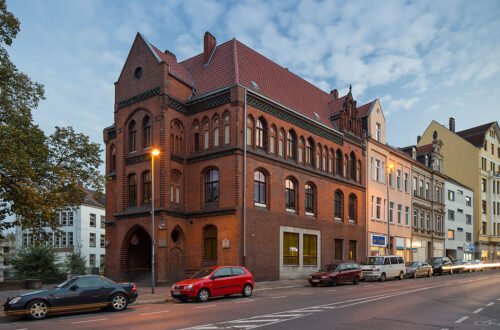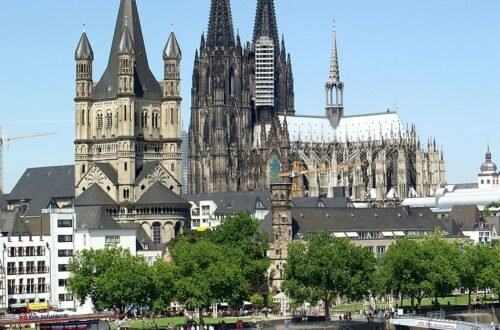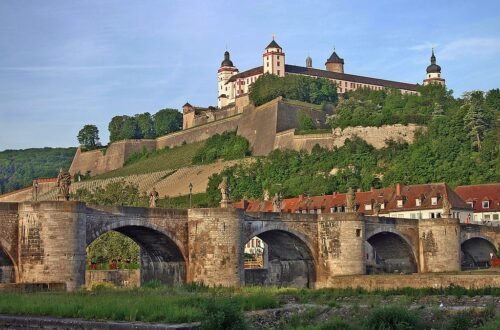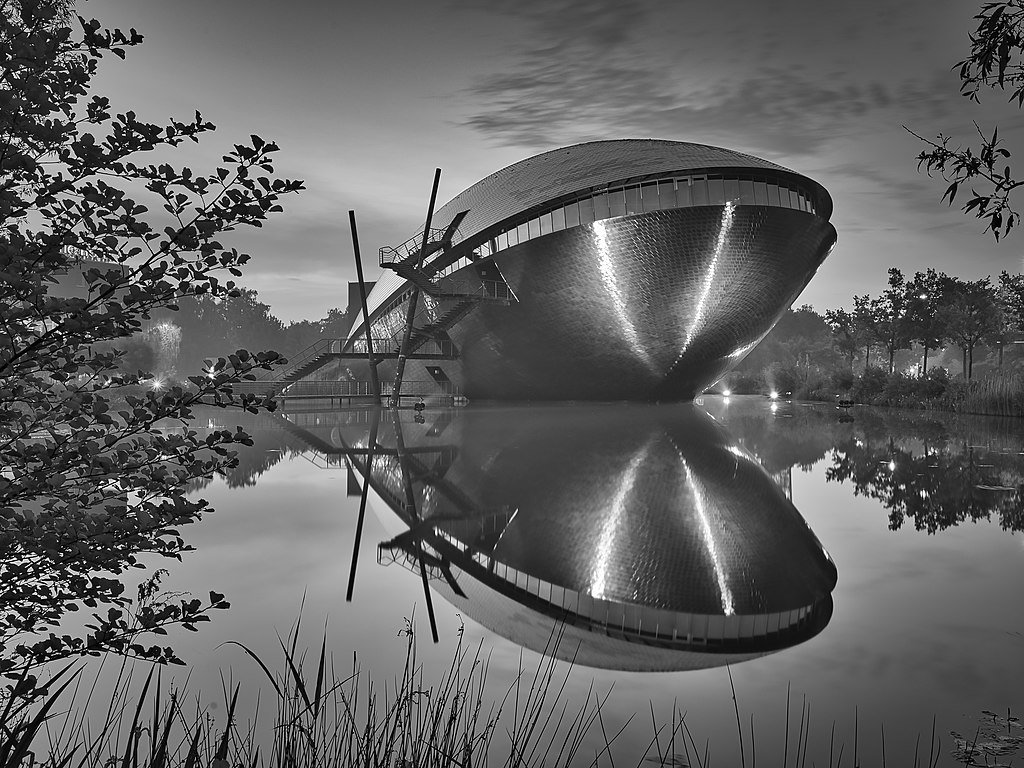
15 Best Things to See in Bremen (Germany)
The Weser River brought Europe to Bremen during the Middle Ages, and starting in the 12th century, Bremen gained prominence as a Free Hanseatic City. Bremen has always been a seaport, and in the 17th century, exotic goods like coffee began to arrive. Bremen hosted the opening of the country’s first coffee establishment in the 17th century, and decaf coffee was created in the early 1900s by Bremen-based coffee dealer Ludwig Roselius. Roselius gave Bremen the Böttcherstraße in the 1920s, an entire street of “Brick Expressionist” homes and businesses that are all still standing today. Bremen also features charming maritime neighbourhoods, a “Cultural Mile” of museums of all kinds, and the historic Market Square is home to UNESCO-listed Medieval and Renaissance structures. Let’s examine the top activities in Bremen:
- Cathedral Museum
- Haus des Glockenspiels
- Marktplatz
- The Ludwig Roselius Museum
- Schnoor Quarter
- Kunsthalle Bremen
- Bremen City Hall
- Böttcherstraße
- Bremen Cathedral
- Bürgerpark
- Mühle am Wall
- Schütting
- Focke Museum
- Universum
- Schlachte
Cathedral Museum
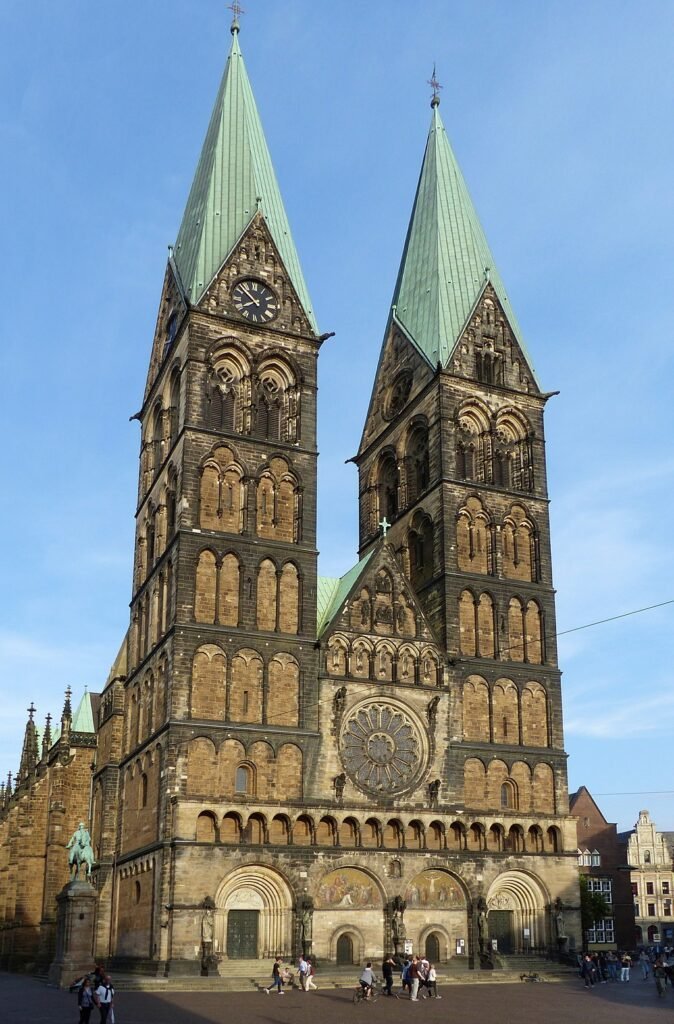
The artefacts found during digs were displayed inside the cathedral’s exhibition hall after restorations in the 1970s and 1980s. The complex, millennia-long architectural history of the structure can also be understood in the museum. Plans and models that explain the layout at various phases are there, and artwork from a previous era that ornamented the inside completes the collection. You may see statues, stone reliefs, frescoes, a painting by Lucas Cranach the Elder, pieces of the Renaissance altar, and statues. Eight medieval bishops’ graves were found in the 1970s, and items found during the excavations included rings, a staff, vestments, and chalices.
Haus des Glockenspiels
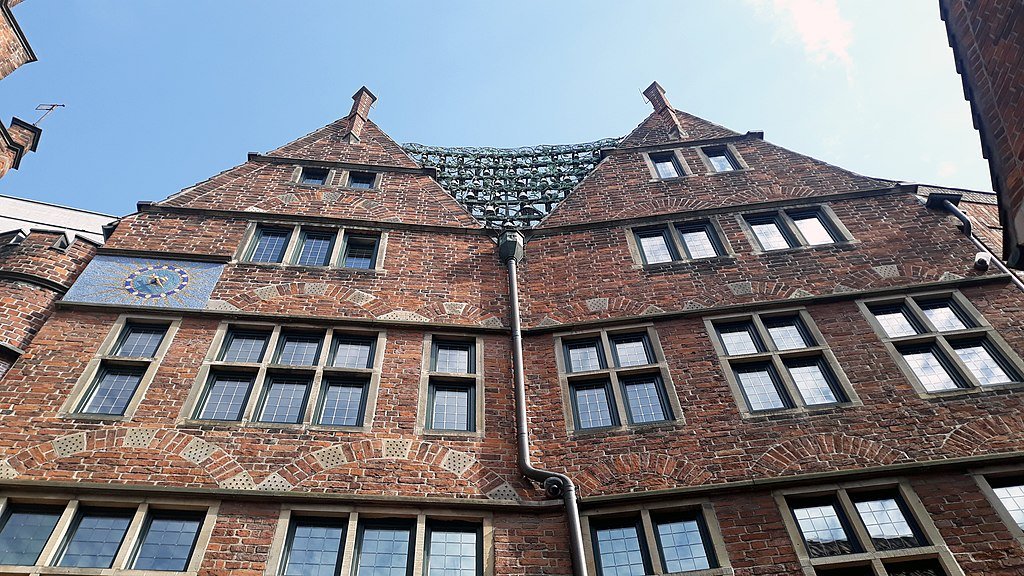
The wooden panels that revolve in time with the carillon at the Haus des Glockenspiels are possibly Bernhard Hoetger’s most exquisite addition to Böttcherstraße. Try to arrange your visit to Bremen during the spring or summer for just before the hour strikes, between 12:00 and 18:00. The house’s gables are adorned with thirty Meissen porcelain bells that ring out traditional songs and old sea shanties. For notable German and international explorers, including Christopher Columbus, the pilots of the first transatlantic flight, Charles Lindbergh, and steamboat inventor Robert Fulton, Hoetger created 10 Expressionist panels.
Marktplatz
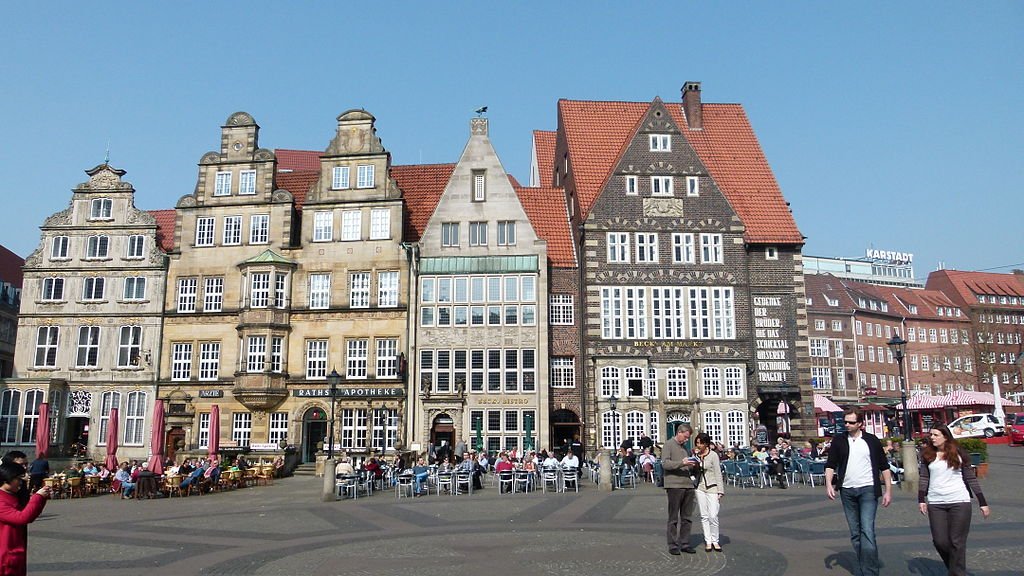
The cathedral and town hall, which together could hold you in the main market square for half a day, have already been discussed. But there are a few other monuments to search out beside the antique gabled homes overlooking the area. One is the Gothic Roland Statue, which represents a mythical knight and represents Bremen’s status as a free city. It was built in front of the town hall in 1404. The municipal hall and the monument are both within the same UNESCO site. A contemporary bronze sculpture of the dog, cat, rooster, and donkey from the Brothers Grimm’s story The Town Musicians of Bremen may be found on the west side of the city hall.
The Ludwig Roselius Museum
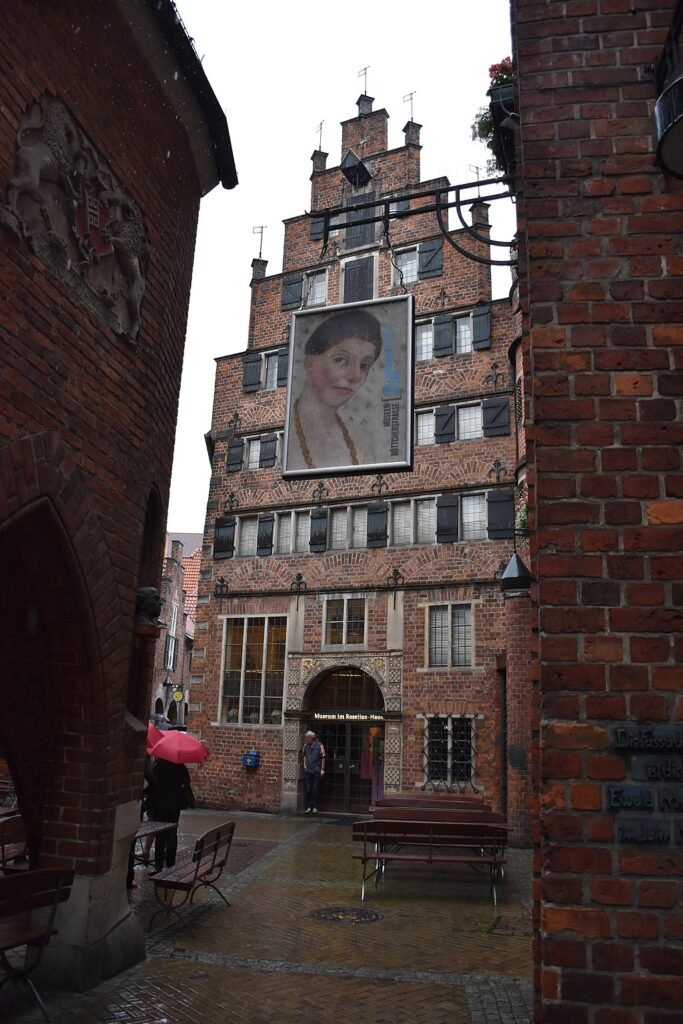
You should also pay a visit to the Roselius House on Böttcherstraße, which showcases the private collection of coffee dealer Ludwig Roselius. The home was built around the end of the 16th century, making it the oldest on the block. Roselius acquired it in 1902 and included the crow-stepped gable in the construction of the roadway. He gathered a collection of oddities and artwork spanning the early middle ages to the 17th century, including Renaissance paintings, sculptures, and liturgical decorations. The must-see piece in the museum is Lucas Cranach’s Portrait of Martin Luther and his wife, Katharina von Bora. Find the Group of Mourner, a sculpture by the master Tilman Riemenschneider created in 1515, among the profusion of religious statues.
Schnoor Quarter
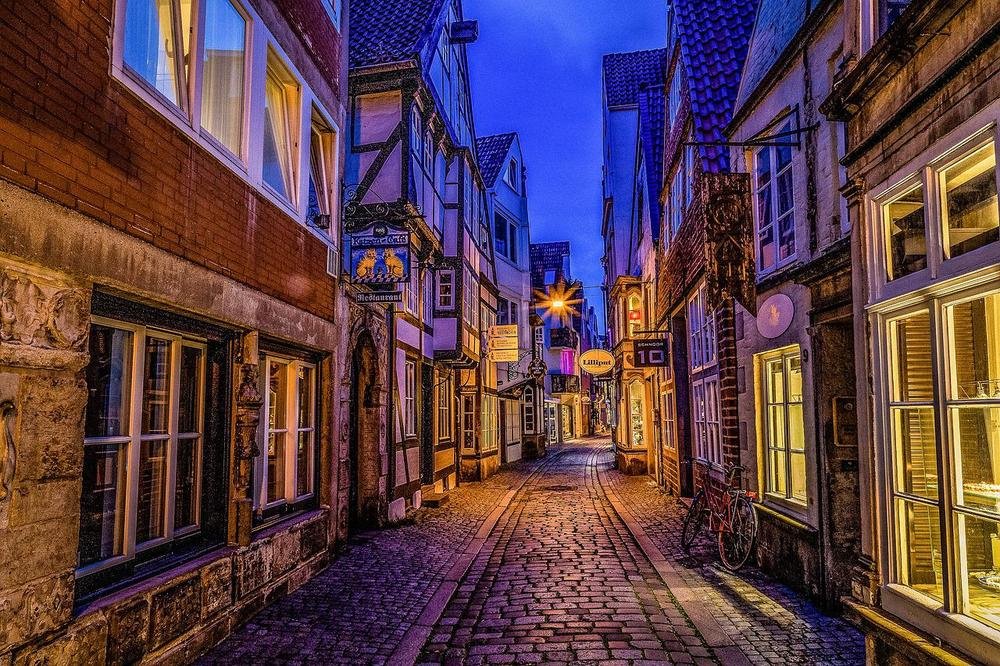
The cluster of little streets that surround Schnoor Alley is Bremen’s oldest and most charming neighbourhood. This was once one of Bremen’s most impoverished neighbourhoods and the home of Bremen’s fishing population. The name Schnoor, which alludes to the factories where ship rigging was created, carries on the marine theme. Many of the charming timber-framed homes in Schnoor from the 1400s and 1500s are currently used as eateries, art galleries, cafes, and gift shops. Make time to explore the 1630 Schifferhaus on Stavendamm, which is in remarkable condition and offers tours in both German and English.
Kunsthalle Bremen
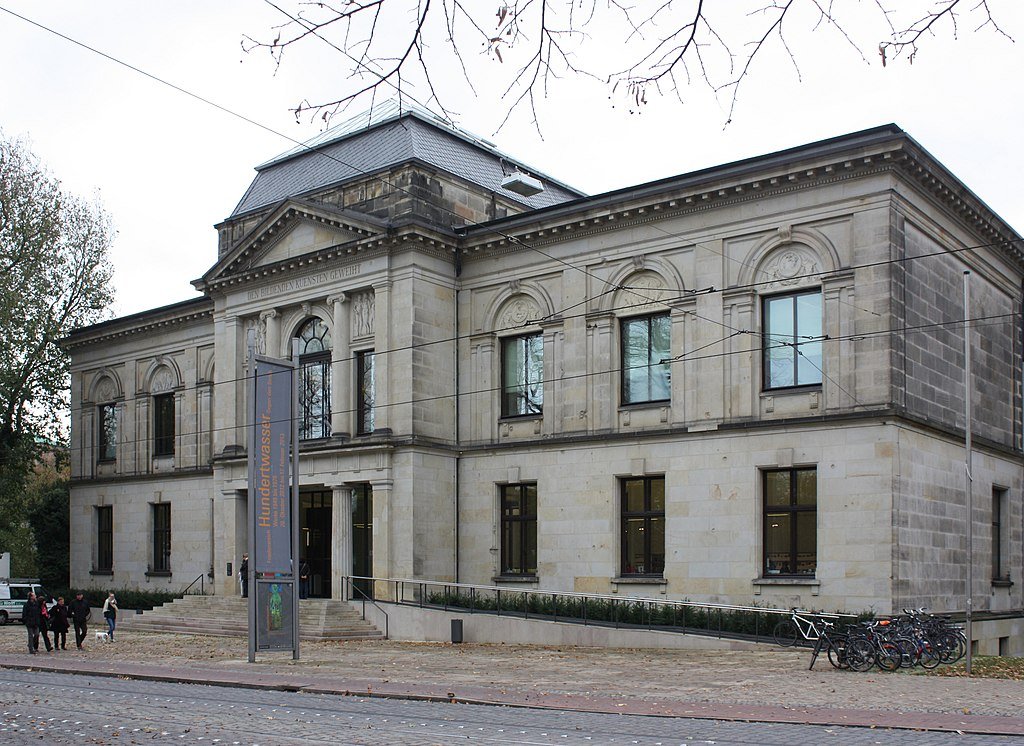
This world-class museum of art is located on Bremen’s “Culture Mile” and has been operated by the private Bremen Art Society for almost 200 years. The collection includes German Renaissance painters like Lucas Cranach the Elder and Albrecht Dürer and provides a comprehensive overview of European art from the 14th century to the present. The 19th and 20th-century artwork by Delacroix, van Gogh, Max Liebermann, Camille Corot, Andreas Achenbach, Max Beckmann, Franz Marc, Edvard Munch, and Alfred Sisley, to name a few, is what makes the museum stand out. Thousands of sheets from the 1400s to the 1900s may be found in the print and drawing department, while modern artists working in a range of fields can be found in the new media section. View the creations of the musician John Cage, the video artist Nam June Paik, and the installation artist Olafur Eliasson.
Bremen City Hall
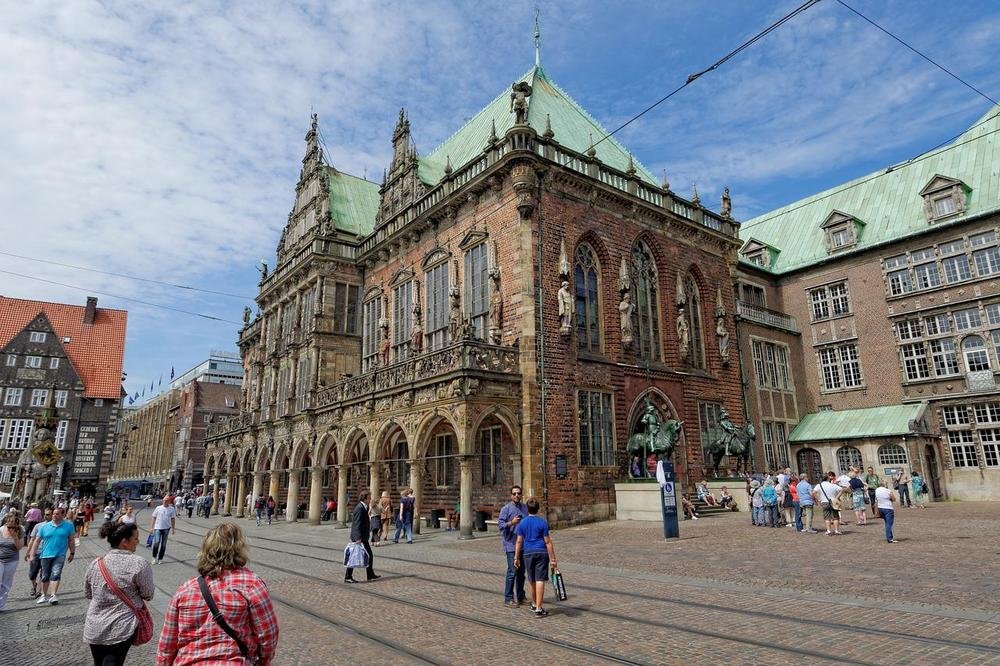
Bremen’s City Hall was given UNESCO World Heritage designation in 2005 and is now considered to be one of the most stunning civic structures in all of Europe, not just Germany. The beautiful reliefs and statues that were sculpted 200 years after the hall’s initial construction as a brick Gothic hall gave it an exquisite Renaissance makeover. You may spend hours admiring the stonework and trying to name every person depicted there, including Charlemagne and Bremen’s seven Imperial Electors. Between 11:00 and 16:00, the Bremen tourist office conducts tours. Don’t miss the opportunity to walk inside since there is a lot to see, including Germany’s oldest wine barrel in the cellar and the ornate Upper Hall, where the city council once met.
Böttcherstraße
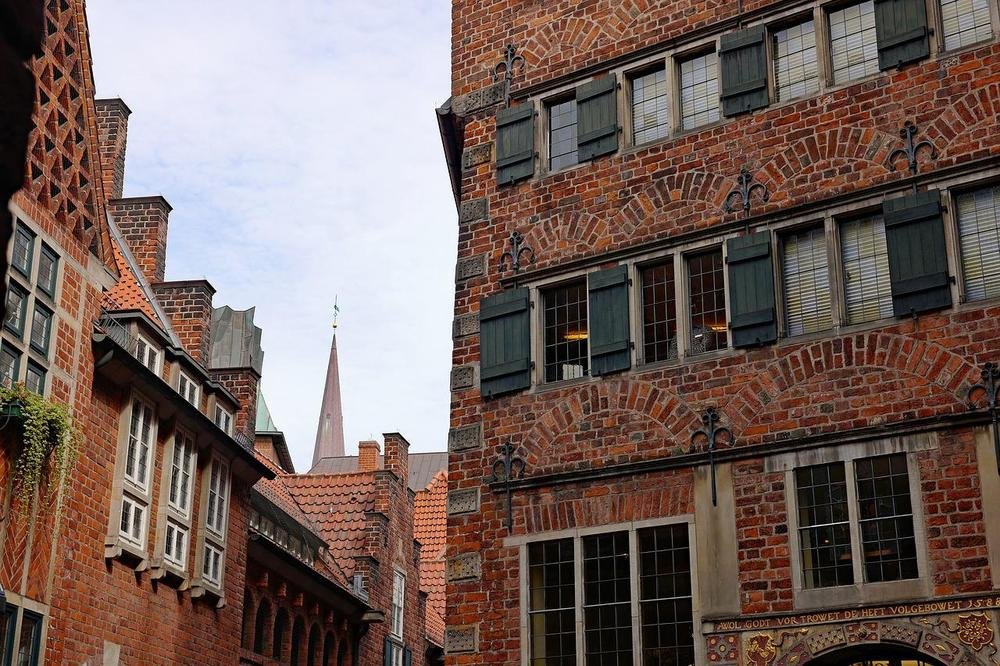
A 100-meter roadway that extends from Marktplatz towards the Weser was saved from decay and renovated during a 1920s architectural project. Ludwig Roselius, a Bremen businessman and the creator of decaf coffee, had the concept and commissioned expressionist artist Bernhard Hoetger to supervise the project. The result was a stunning row of houses and courtyards in the Brick Expressionism architectural movement. Expressionist, Jugendstil (Art Nouveau), and Art Deco elements are blended, with continual nods to traditional Low German architecture in the gables and mullioned windows of the buildings. The buildings on the street are home to upscale independent stores, ateliers, bars, museums, and galleries. The entire street is protected and controlled by a single foundation.
Bremen Cathedral
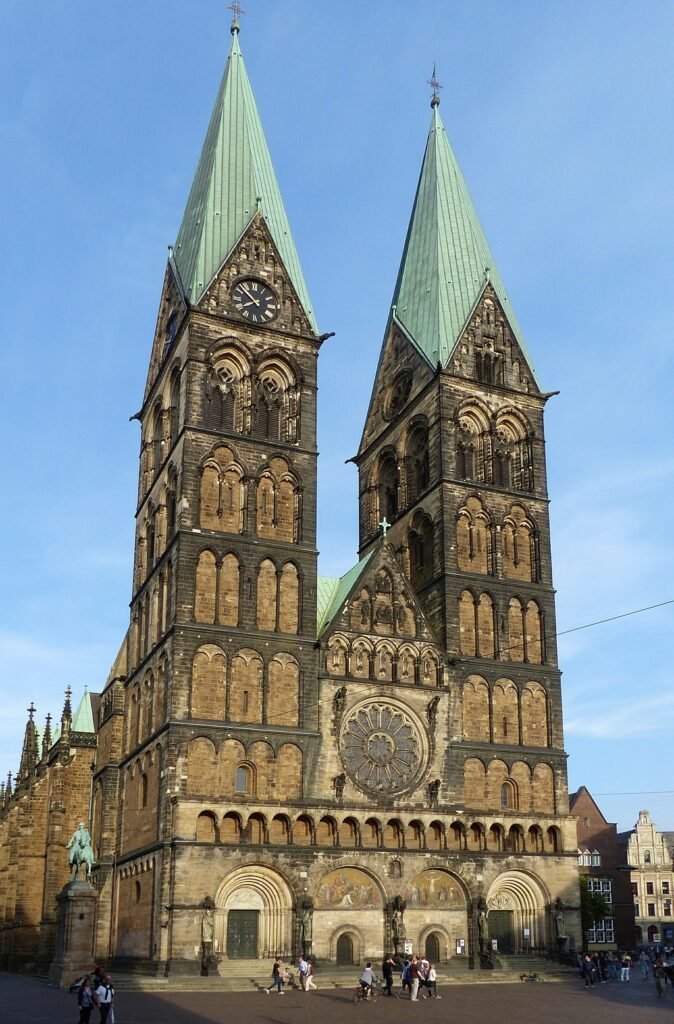
The 1,200-year-old St. Peter’s Cathedral dominates the main market square. Given its history, it is not surprising that the structure is a mash-up of styles, with elements of Romanesque, Gothic, and later Gothic Revival thrown in during 19th-century renovations. The cathedral’s two 89-meter towers break Bremen’s skyline, and you may climb the south tower for a fantastic view. Don’t miss the nine pieces of the cathedral’s choir stalls in one of the chapels carved with biblical scenes in 1360. The oldest part of the church, which dates to the 11th century, is the crypt. There are eight 400-year-old mummies kept in glass-topped coffins with plaques identifying them, which is a little unsettling. In the seventeenth century’s Thirty Years’ War, two Swedish officers perished.
Bürgerpark
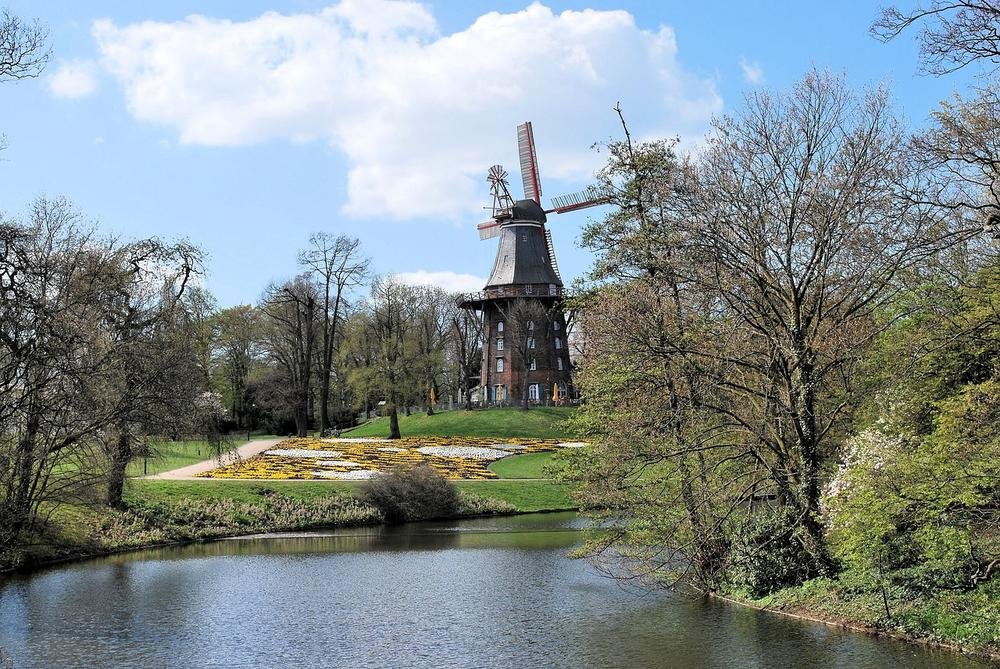
The Hauptbahnhof is close to the southern gate of Bremen’s most popular park. A 200-hectare park that extends past the university and into the open countryside north of Bremen ultimately widens from a little patch of grass and trees in the city’s centre. The Bürgerpark contains animal habitats for sheep, goats, pigs, wild boars, alpacas, guinea pigs, and deer if you need a cheap family day out in the summer. The Emmalee, a sizable, serpentine water feature with boat rentals available, surrounds those enclosures. A mini-golf course is also there. The tranquil Holler See lake at the southern end serves as the venue for summer outdoor productions by the Bremer Shakespeare Company.
Mühle am Wall
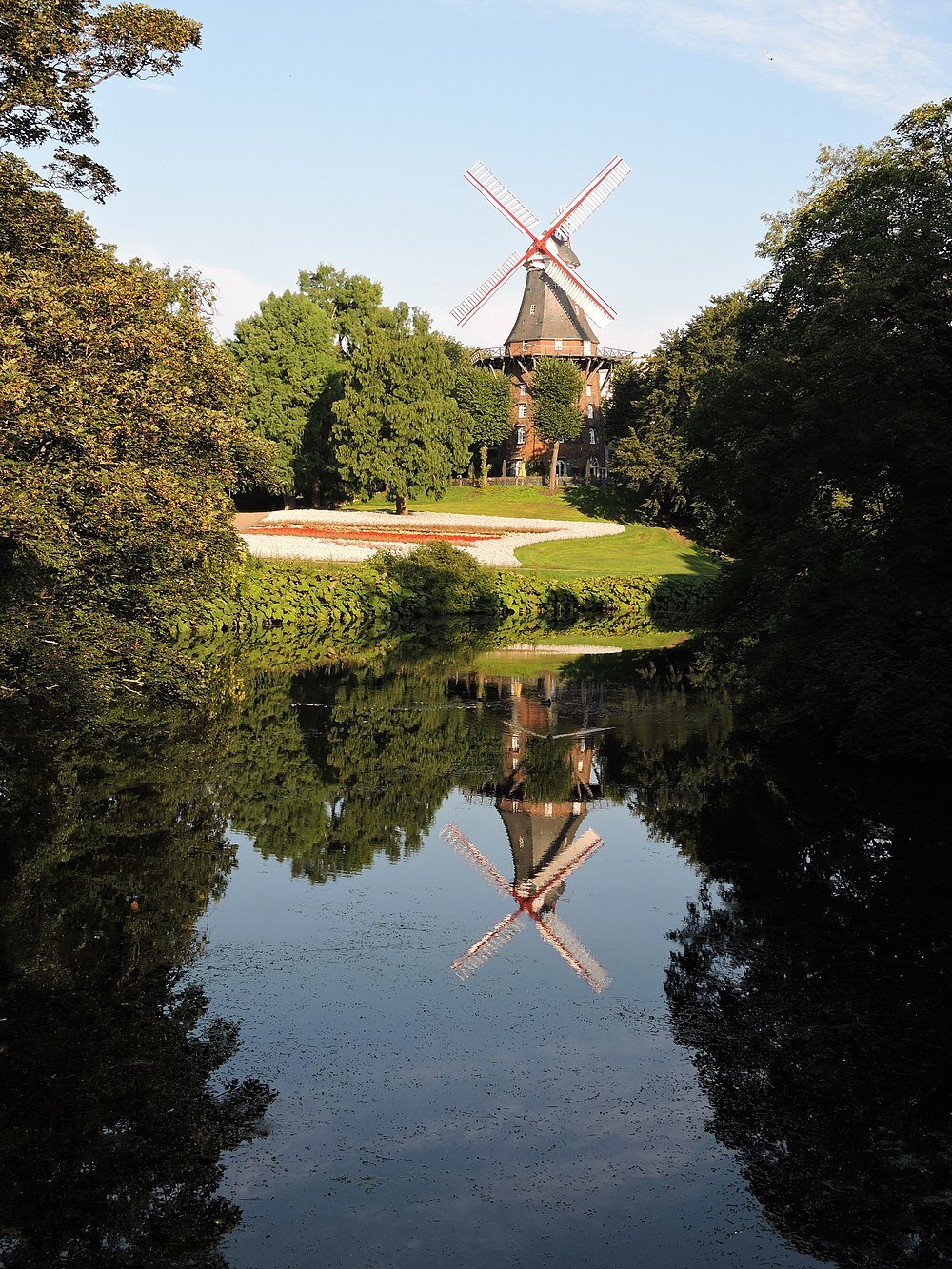
You will pass the old earthworks where Bremen’s city fortifications and bastions once stood as you make your way from the Hauptbahnhof to the city centre. One of the attractions you’ll notice is a sizable windmill that has grown to be a beloved landmark in Bremen. The mill “on the wall” is a “smock mill,” standing on an 1898-built octagonal base. It is the latest in a line of windmills that have been here since 1699. The former mill is now a restaurant, and the exterior terrace is covered by parasols.
Schütting

Returning to the Marktplatz, you should set aside some time to visit Bremen’s guildhall, which was constructed in the 1530s in the Flemish Renaissance style. In light of an uprising by the working classes earlier in the decade, the hall served as a representation of the authority of Bremen’s affluent merchants historically speaking. Check out the merchants’ coat of arms on the facade above the portal. It has the Holy Roman imperial eagle and is shown next to Bremen’s coat of arms, giving you an impression of the merchants’ prominence in the city. The Schütting had one of the first coffee cafes in German-speaking regions when it opened in 1679, which is an intriguing historical fact.
Focke Museum
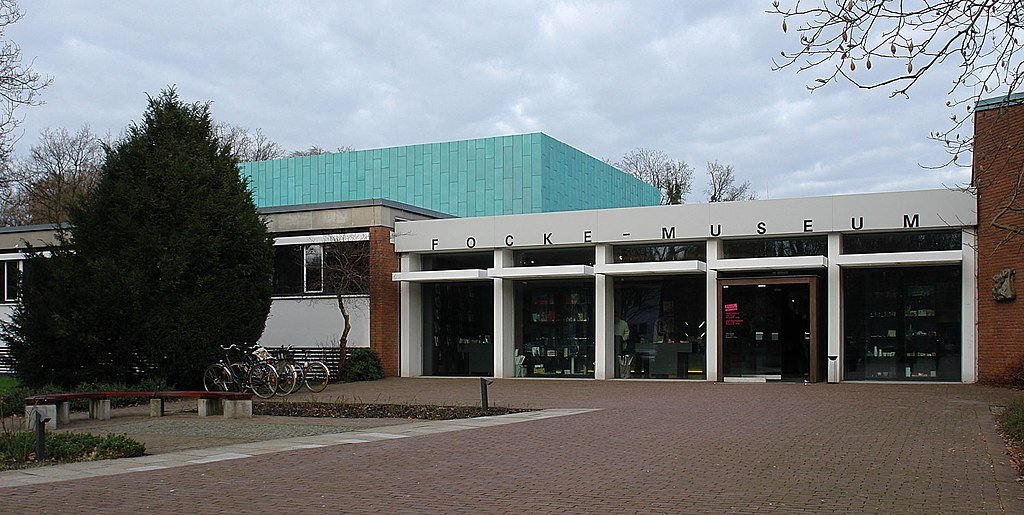
The Focke Museum in Bremen’s Riensberg neighbourhood, east of the city centre, chronicles Bremen’s 1,200-year history. A contemporary main building dates from the 1960s, and the attraction is housed in a number of historically significant buildings from the 16th to the 19th centuries. The original head of the Roland statue and sandstone statues that were moved here for storage are among the oddities on display in the main show. Additionally, there are vehicles made by Bremen’s Borgward brand as well as the Complimentarius, a weird automaton covered in armour that once served as the Schütting’s grand entrance. Like the thatched Eichenhof, which discusses the prehistoric and early history of the Bremen region, the side structures are also fascinating. Another option is the Haus Riensberg from the 18th century, which showcases the talent of Bremen’s finest glassmakers and furniture designers hundreds of years ago.
Universum

The Universum is a hugely popular interactive science centre housed in a futuristic metallic structure that somewhat resembles a mussel shell. It is ideal for rainy days. There are more than 300 exhibits, all of which push young brains to conduct practical experiments and solve challenges. In order to make complex ideas easier to understand, the three main zones—Nature, Humans, and Technology—are filled with cleverly created games, models, and exhibits. That may include a table football game where you play against artificial intelligence, a sofa that mimics an earthquake, and a space that represents what it’s like to be blind. Further water and wind experiments are outside, and a 27-meter tower is packed with more experiments.
Schlachte
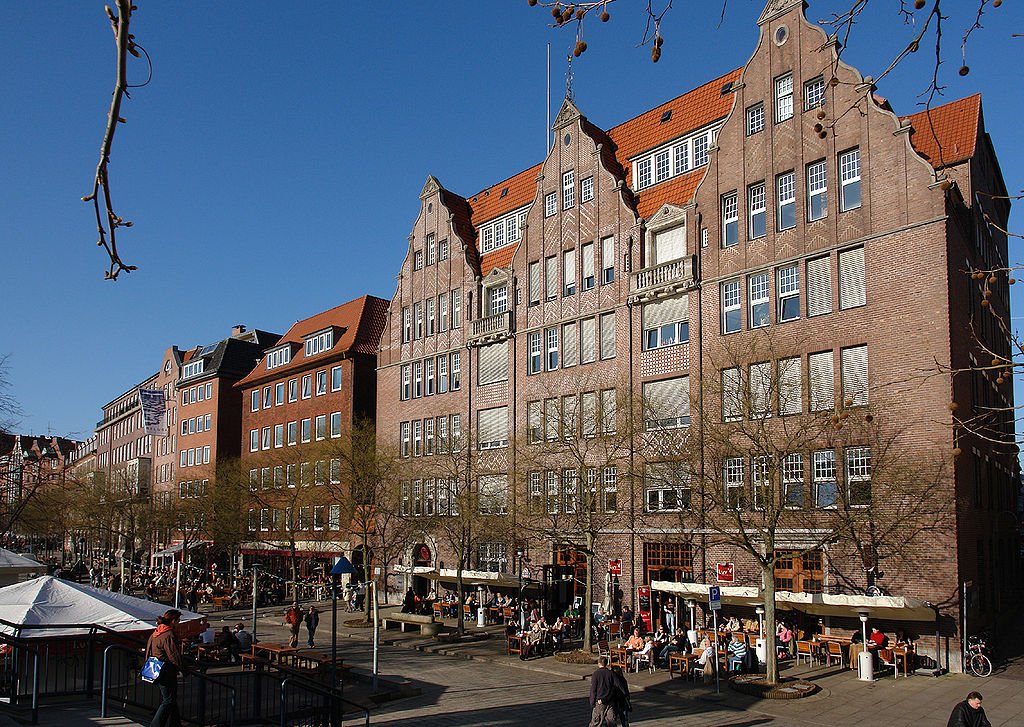
In the 1980s and 1990s, the right bank of the Weser in Bremen’s Old Town was converted into a pedestrian area. Before increased freight volume and the construction of railroads shifted much of the waterborne commerce to Bremerhaven on the coast, the promenade and restored homes are located above what was once Bremen’s principal harbour. The Schlachte now revolves around having fun, day or night. In the summer, you can unwind at a Biergarten or pick from a large number of eateries, both German and foreign. A leisurely stroll along the water is another option, as is boarding one of the many boats available for a journey down the Weser. The Schlachte-Zauber market in this city recreates the guilds of medieval Bremen at Christmas when the aroma of freshly baked bread and smoked mackerel fills the air.


